It’s amazing how infrequently I actually arrive at a nation where I’m already somewhat familiar with the food. That just goes to show you that for all of our Chinese, Mexican, Italian, Indian and Japanese restaurants we Americans really have a very limited idea about what they eat in other nations.
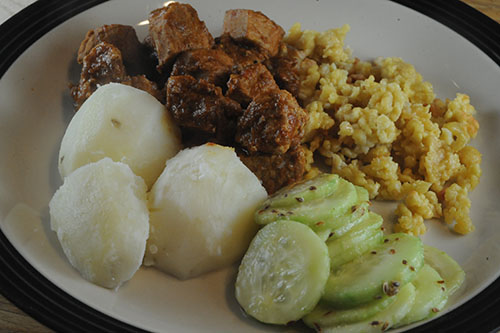 |
Anyway the nation is Hungary, and I’m going to refrain from making any “Hungry Hungary” jokes because that would be stupid.
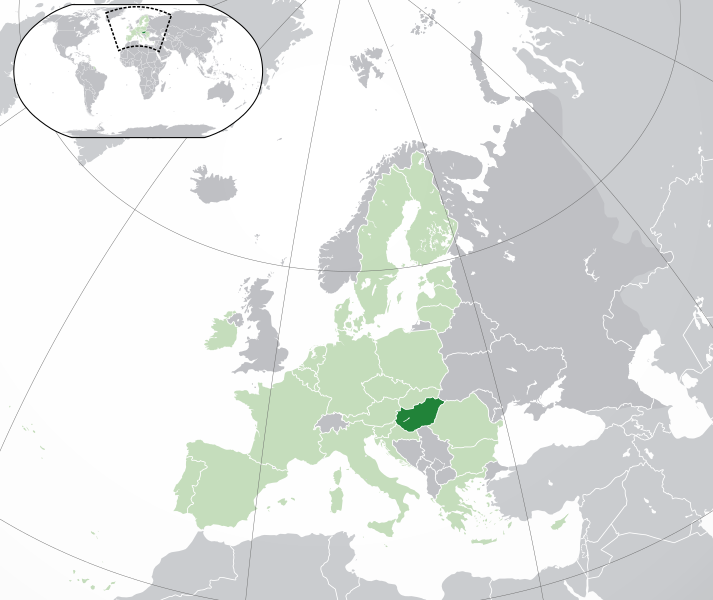 |
Hungary has a few claims to fame: the Rubik’s cube, for one, which you remember if you were born in the olden-days like I was. A Hungarian also invented the ballpoint pen, the carburetor, the electric motor and the plasma television. Oh, and the atom bomb was also hypothesized in Hungary, and so was the hydrogen bomb.
 |
| Budapest, Hungary. Photo by Flickr user szeke. |
Food is an important part of Hungarian culture, and is famous for being heavy on the paprika—which was also a Hungarian innovation. You’re probably already familiar with some of Hungary’s most famous dishes, namely Hungarian Goulash and chicken paprikash, both of which I’ve made and enjoyed. I also make cabbage noodles (usually to go with the Goulash), another Hungarian recipe.
So I thought maybe I could just do more authentic versions of these recipes, though I’m pretty sure the ones in my cookbook are already pretty close to being authentic. I ultimately decided to go with a completely different sort of goulash, though, and I didn’t do cabbage noodles either, opting instead for something I’d never tried. Really, it just seemed a little too much like cheating to try to duplicate something I’ve already done.
So here’s what I did end up picking:
Hungarian Pork Stew (Goulash)
(from The Hungarian Cook)
- 1 1/4 lb pork, cubed
- 1 small onion, chopped
- 2 cloves of garlic, minced
- 1/2 tomato, sliced
- 1/4 green pepper, chopped
- 1/4 cup dry white wine
- 1 tbsp cooking oil
- 1 tsp cumin
- Salt to taste
- 1 to 2 tbsp sweet Hungarian paprika
Fried Egg Barley
(from Eastern European Food at About.com)
- 3 cups all-purpose flour
- 1/2 tsp salt
- 2 large eggs
And on the side:
Cucumber Salad
(from Grocceni.com)
- 1 tsp mustard
- 1 tsp salt
- 1 tbsp sugar
- 1/2 tsp vinegar
- 1 tbsp dried dill
- 1 tbsp garlic
- 1 tbsp oil
OK, so here's the thing about Hungarian egg barley ... It isn't actually barley. I know this because I nearly went to the store and bought pearl barley, thinking it would be a substitute. Egg barley is actually a kind of pasta, and it's super simple to make. Here's how:
Technically, you'll want to do this a few hours in advance so the barley will have a chance to dry, but I did it the same day and then dried it at a low temperature in my oven.
First combine the flour and salt, then add the eggs and mix until you get what my source called a "shaggy dough." If you've done it right, it should stick into a ball in your hand. If it doesn't do that, you might have to add another egg, or part of an egg. (I ended up adding two more, and I didn't use as much flour, either.)
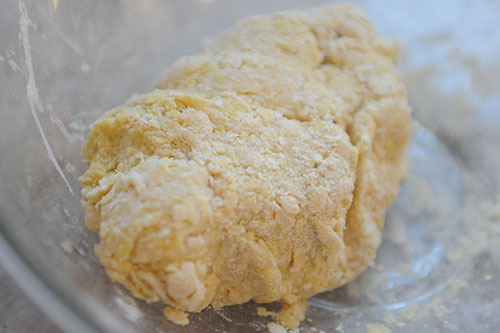 |
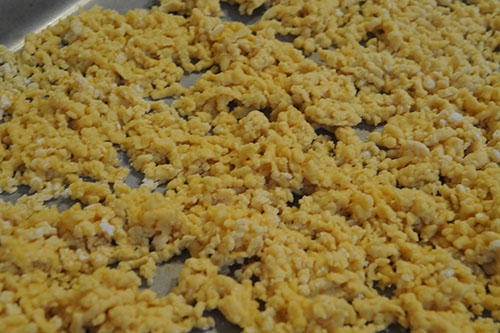 |
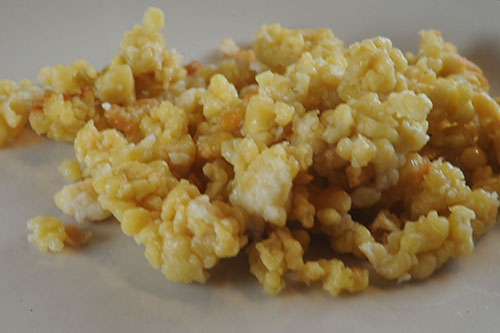 |
Sauté the onion and garlic in the oil until the onion is translucent. Now add the meat and brown on all sides. Reduce heat and cover, and let the meat cook for 45 minutes, adding water if it gets too dry.
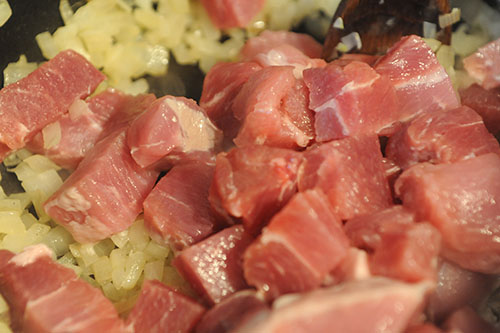 |
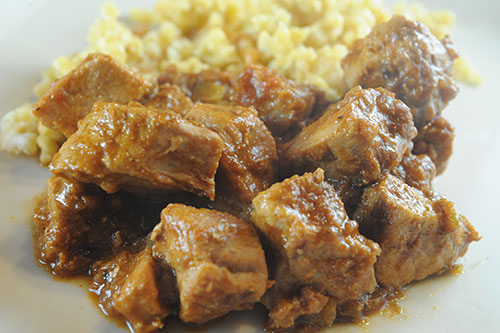 |
Finally, here’s how to make the salad:
Peel and slice the cucumbers and transfer to a large bowl. Meanwhile, mix the rest of the ingredients together and pour over the cucumbers. Done!
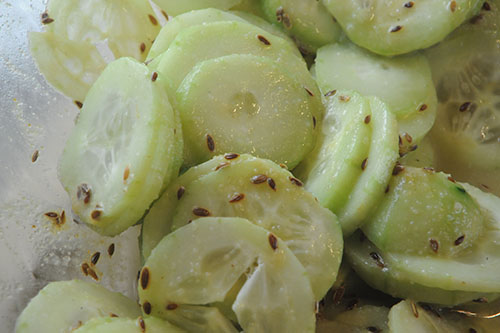 |
This was pretty good but I do have to say the next time I make Hungarian food it will probably be my old standby goulash recipe with cabbage noodles.
Next week: Iceland
For printable versions of this week's recipes:











Hungary has a LOT claims to fame: Vitamin C, soda water, safety match, tungsten lamp,
ReplyDeletebinoculars or opera glasses, electric motor and car, helicopter,
design of Volkswagen beetle, Ford T-model, electric transformer and turbo generator.
Digital computing is also from Hungarian inventor (Neumann), colour and plasma television.
Another Hungarian Károly Simonyi started and headed the Microsoft applications group that was responsible for the hugely popular programs Word and Excel.
And more.
http://welovebudapest.com/budapest.and.hungary/hungarian.inventions.and.achievements.you.didn.t.know.were.hungarian.1
And the heavy paprika-blabla is only slogen.
Heavy generalization, times changes.